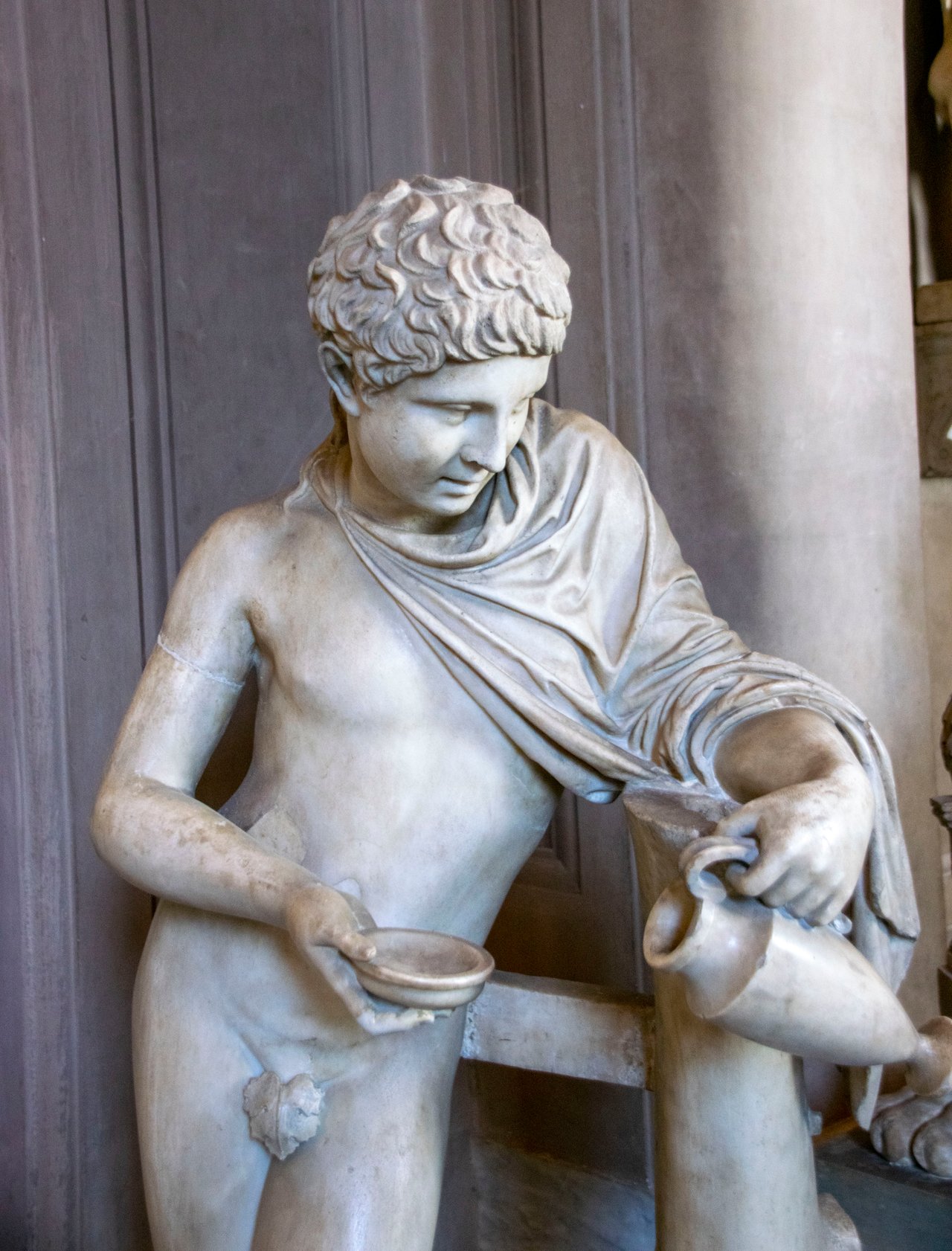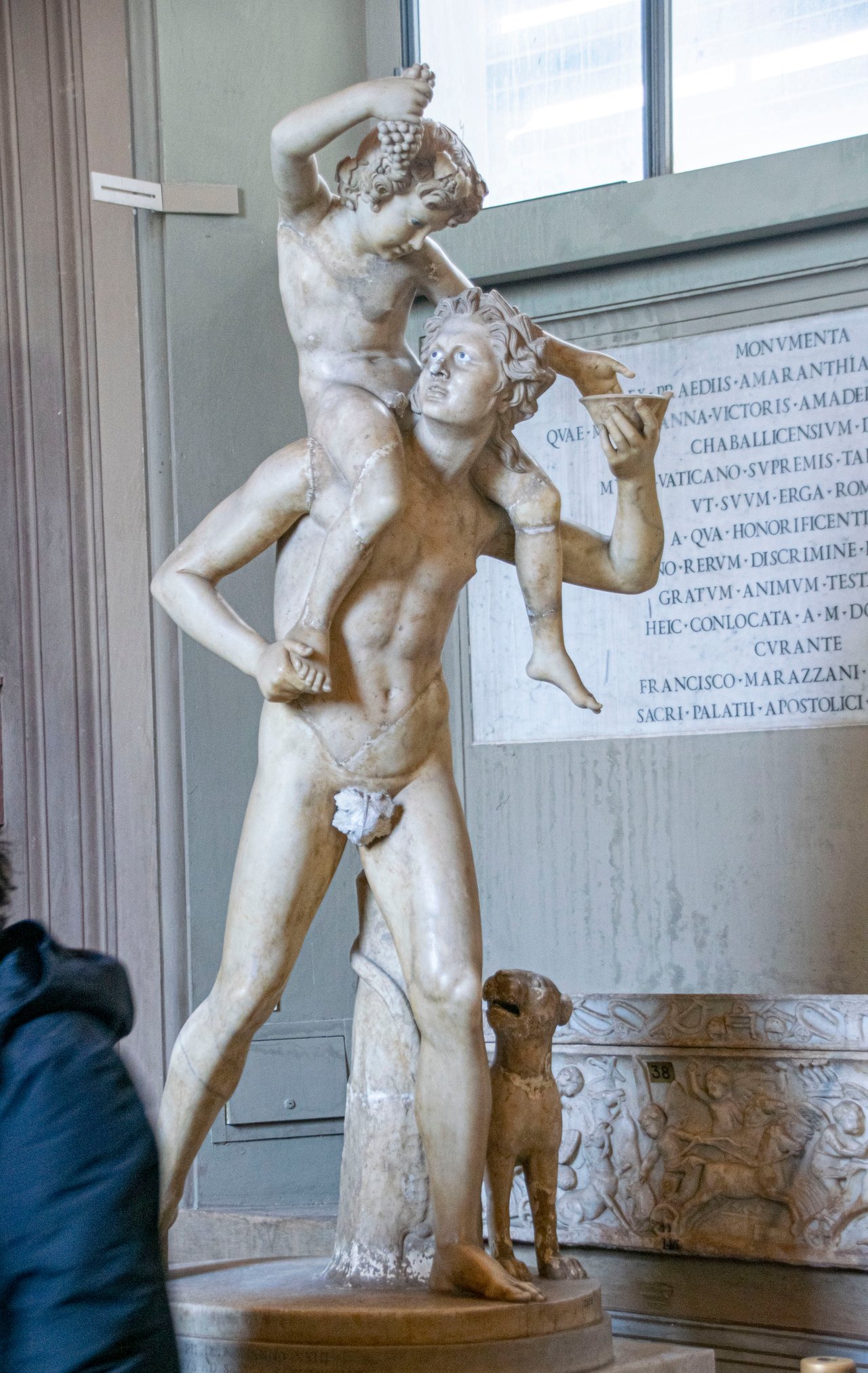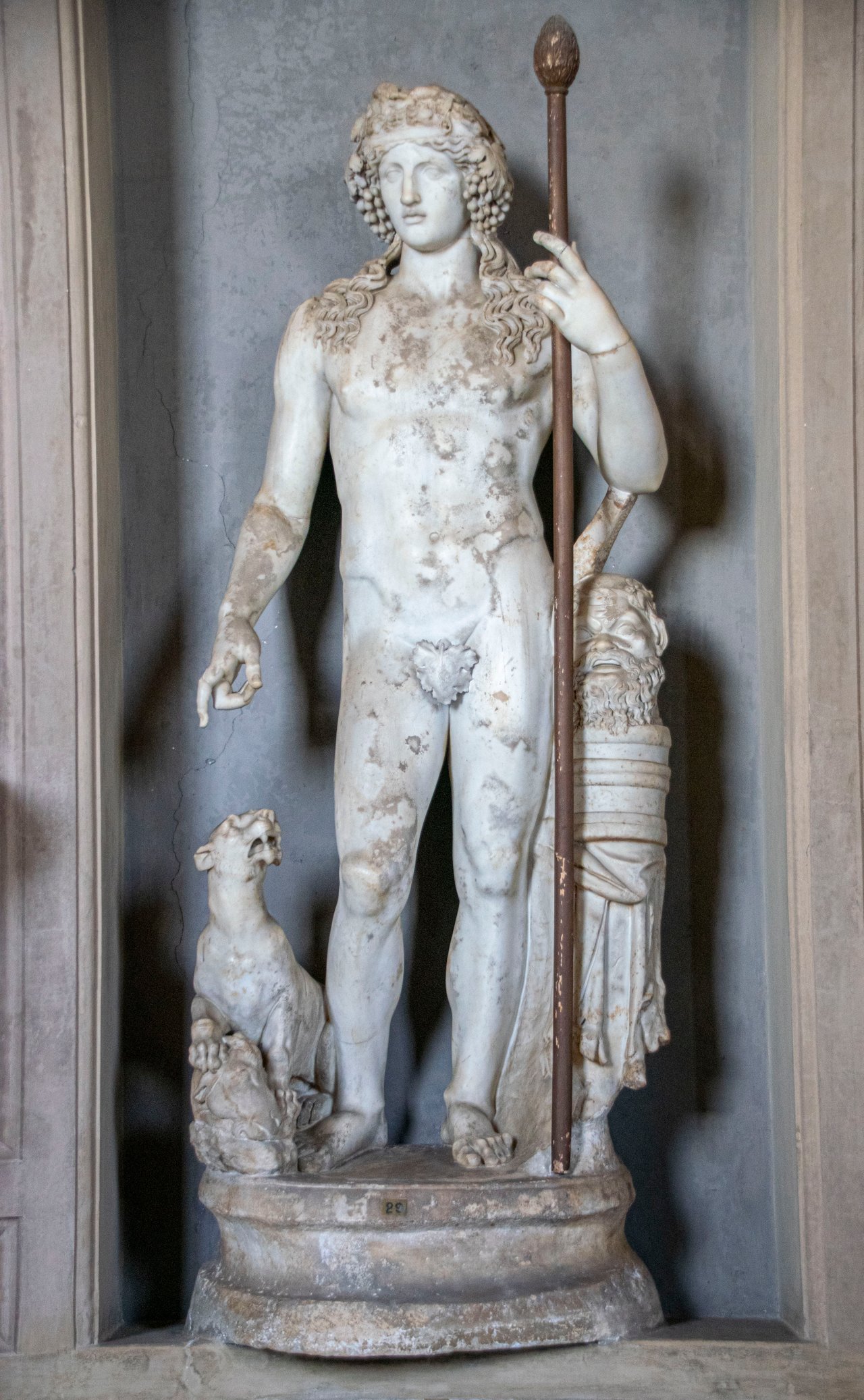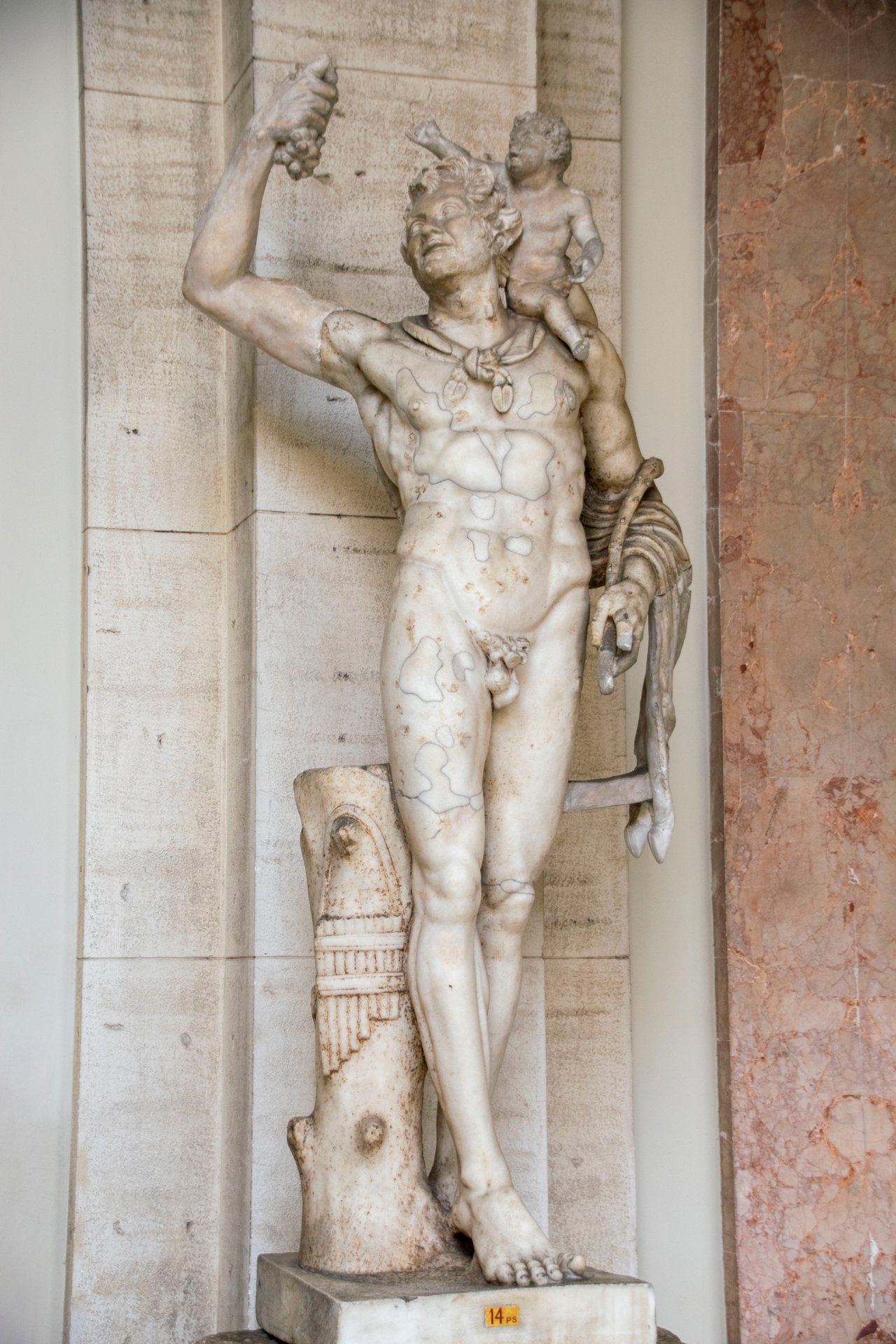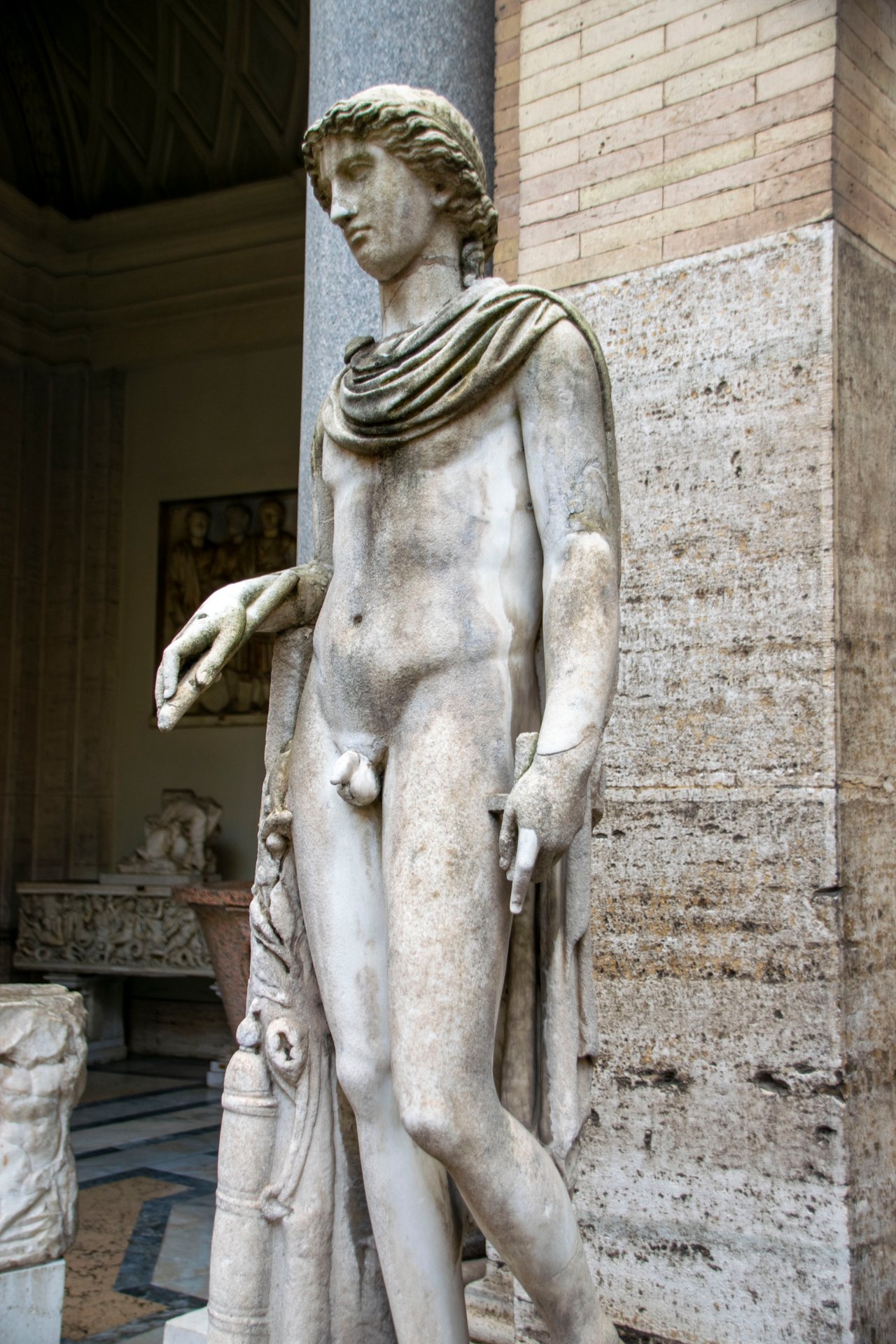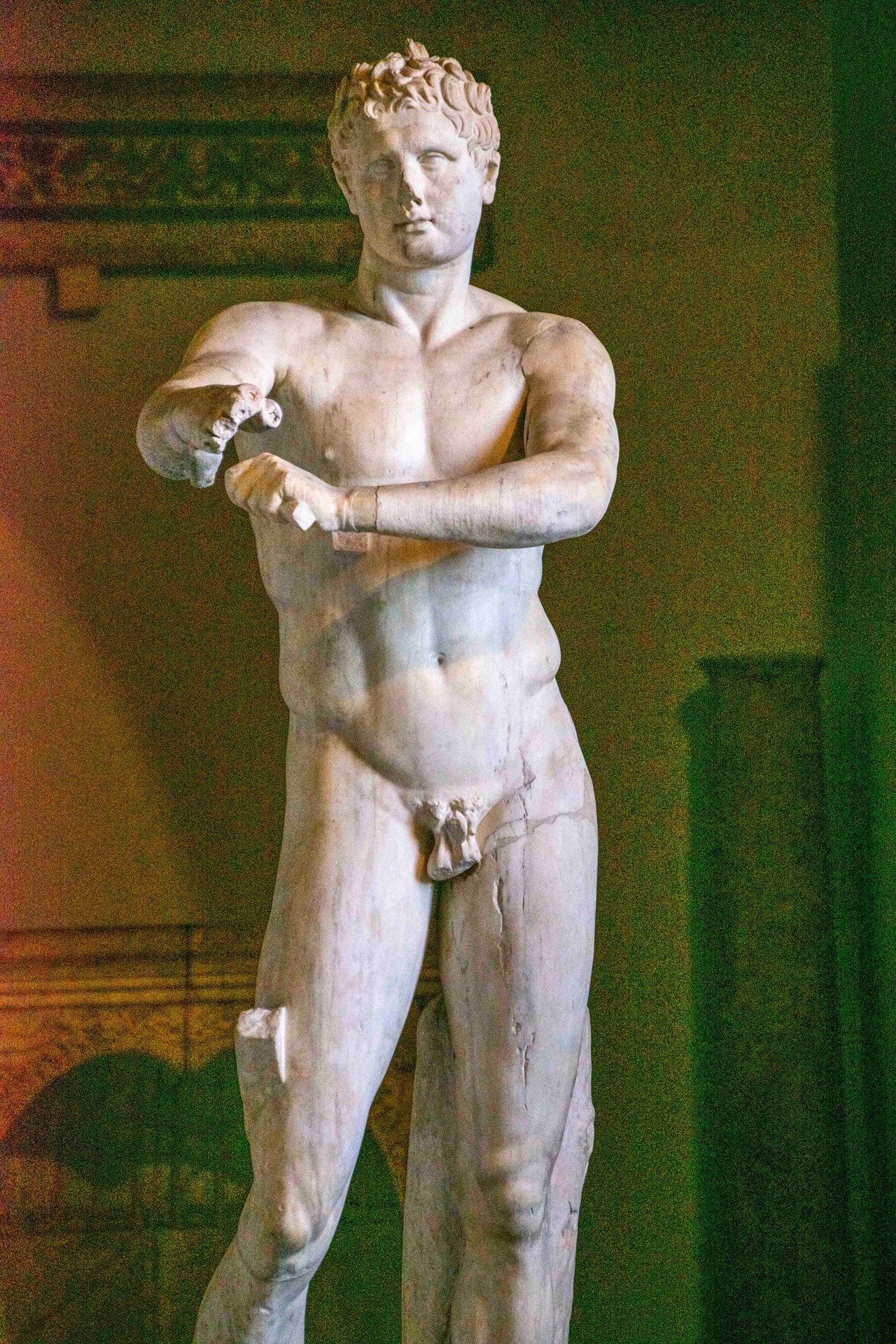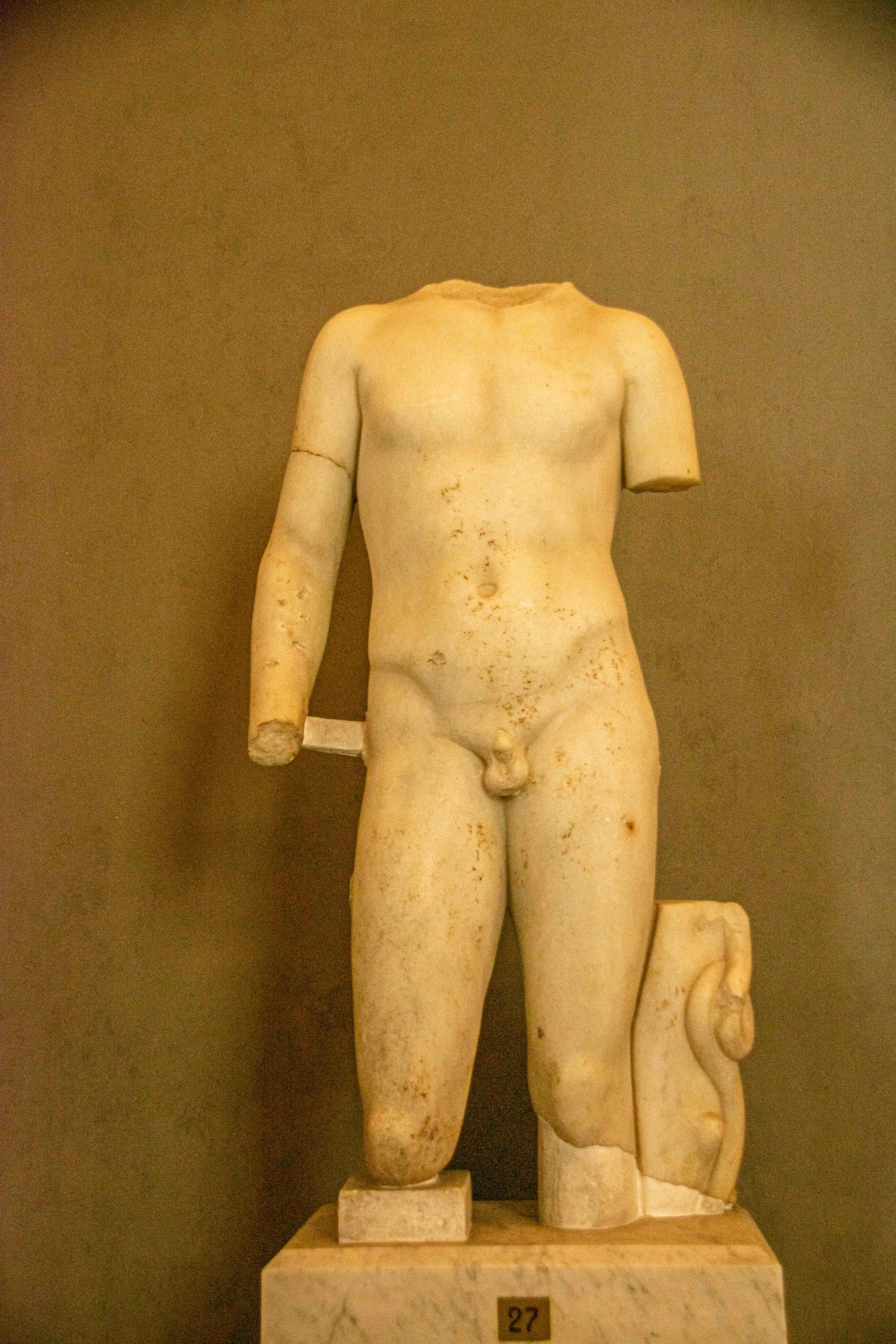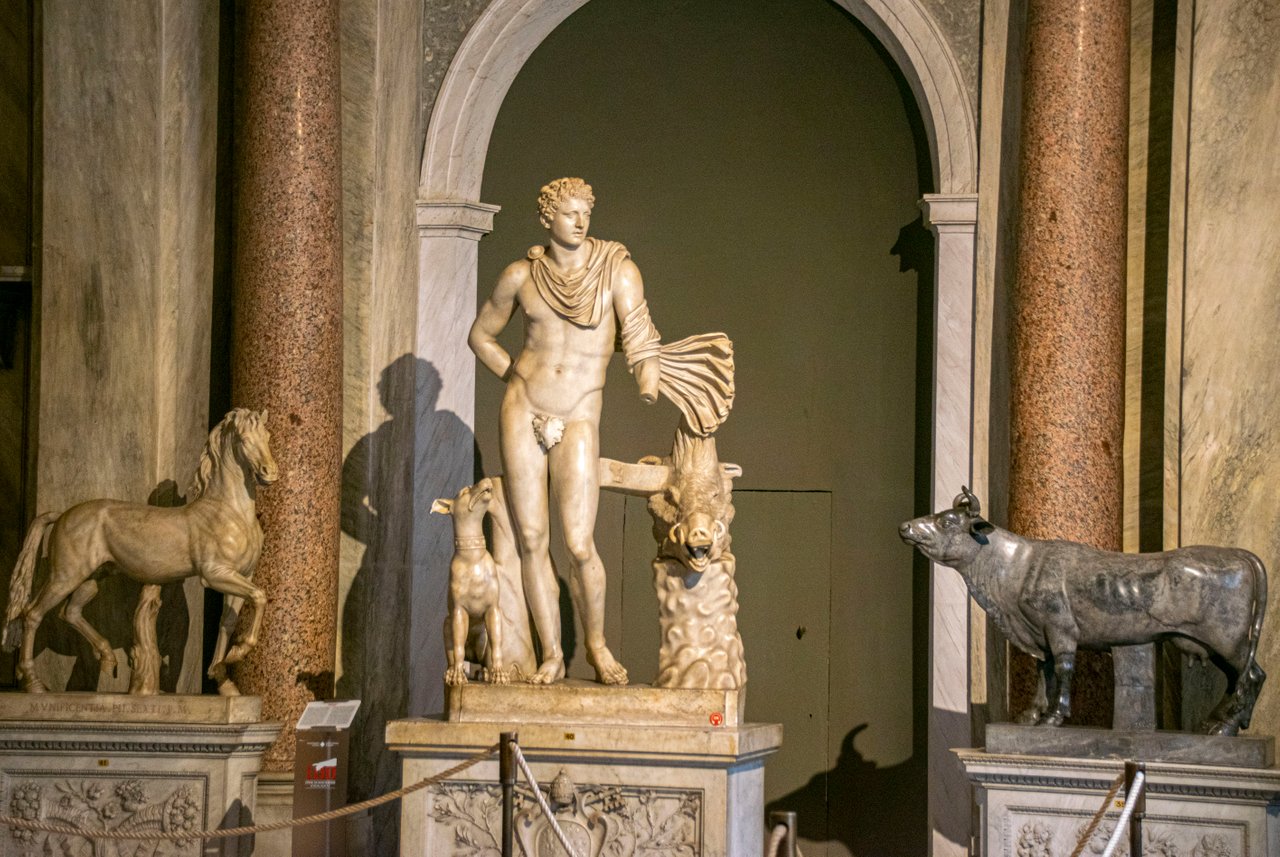This post was written specifically for the #club100 CONTEST : Monuments and sculptures of my City #53: Памятники и скульптуры моего города : SteemitContest by @strawberrry.
I do not know the name of this sculpture and could not find it on the Internet. Very strange. This sculpture is in the Vatican and I thought I could definitely find its name.
Yes, this sculpture is not located in my small town, but in the Vatican.
Today I decided to show sculptures that are not one hundred years old, but much more. At the same time, these are male images, nude. I hope that my photos are not included in the "adult only" category.
Я не знаю название этой скульптуры и не смог найти его на просторах Интернета. Очень странно. Эта скульптура стоит в Ватикане и я думал, что точно смогу найти её название.
Да, эта скульптура расположена не в моём небольшом городке, а в Ватикане.
Сегодня я решил показать скульптуры, которым не одна сотня лет, а гораздо больше. При этом, это мужские образы, обнаженные. Я надеюсь, что мои фото не входят в категорию "только для взрослых".
It's really hard to find the names of the sculptures. There are many similar ones, I even saw this sculpture on the Internet, almost from the same angle, but there is no description for it. It's a shame that this is happening.
Действительно сложно найти названия скульптур. Много похожих, я даже увидел в Инете эту скульптуру, почти с этого же ракурса, но описания к ней нет. Очень жаль.
And this is the ancient Greek god Dionysus. God of plants, and most importantly grapes. Grapes were, perhaps, the most important plants in those days, because wine was made from it, which was vital in a person's life.
А вот это древнегреческий бог Дионис. Бог растений, а самое главное винограда. Виноград был, пожалуй, в те времена самым главным растений, потому что из него делали вино, которое было жизнено важным в жизни человека.
This is also Dionysus. You see he has a bunch of grapes in his hands. I understand that sculptors liked to sculpt this nice guy in marble. Yes, this is marble, and not some gypsum, from which the statues of the leader of the world proletariat Lenin are made in my city.
Это тоже Дионис. Видите в руках у него виноградная гроздь. Я так понимаю, что этого милого парня скульпторы любили воять в мраморе. Да, это мрамор, а не какой-то гипс, из которого слеплены ленины в моём городе.
If I'm not mistaken, this is the statue of Apollo Belvedere. Usually they show another statue of him, where he shoots with an arrow, but I left this one for myself as a souvenir of the trip.
Who is this Apollo? Of course, this is also God!
Если я не ошибаюсь, то это статуя Аполлона Бельведерского. Обычно показывают другую его статую, где он стреляет из лука, но я вот такую себе оставил на память о поездке.
Кто такой этот Аполлон? Конечно же, это тоже Бог!
Not all stone men have arms and legs. But the main thing is that they all have what makes them men visually. But, apparently, someone tried to tear off or bite off the most important part of his torso from this dude.
Apoxyomenos. An ancient Greek athlete who cleans himself with a strigil from a mixture of sand, dust, dirt and sweat after competitions. The sculptor is Lysippus. By the way, he is the author of many sculptures.
Не все мужики каменные имеют руки и ноги. Но главное, что все они имеют то, что их делает мужчинами визуально. Но, видимо, у этого чувака кто-от пытался оторвать или откусить самую важную часть его туловища.
Апоксиомен. Древнегреческий атлет, очищающий себя стригилем от смеси песка, пыли, грязи и пота после состязаний. Скульптор - Лисипп. Кстати , он автор многих скульптур.
Where are the arms and legs? Where's the head? But everything else is in place!
Где руки и ноги? Где голова? Зато всё остальное на месте!
And it's the Belvedere Apollo again.
И это снова Аполлон Бельведерский.

